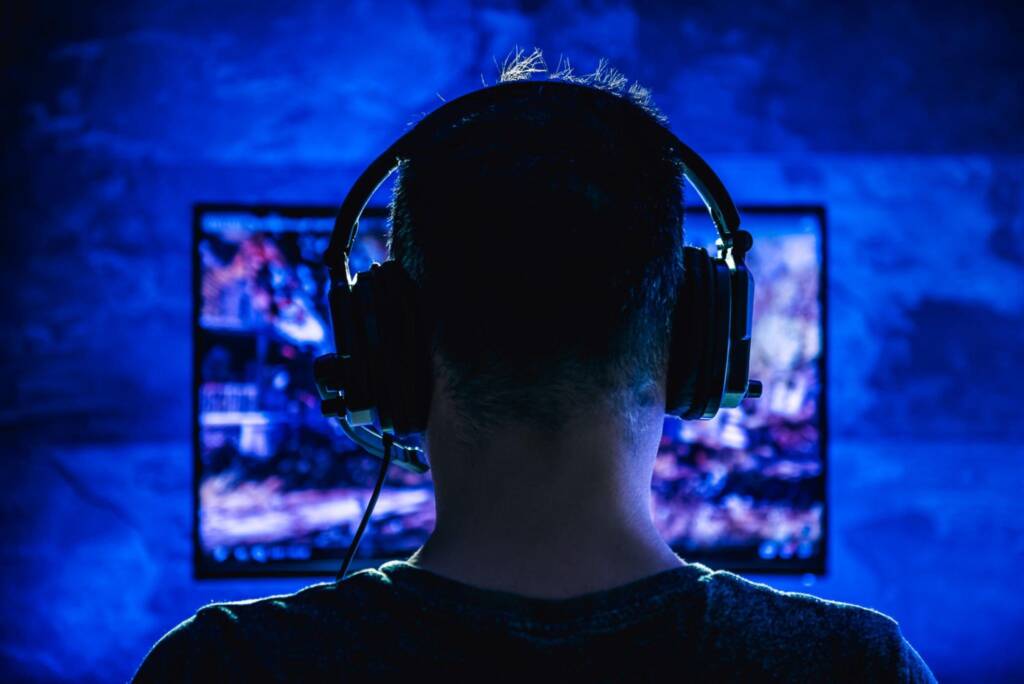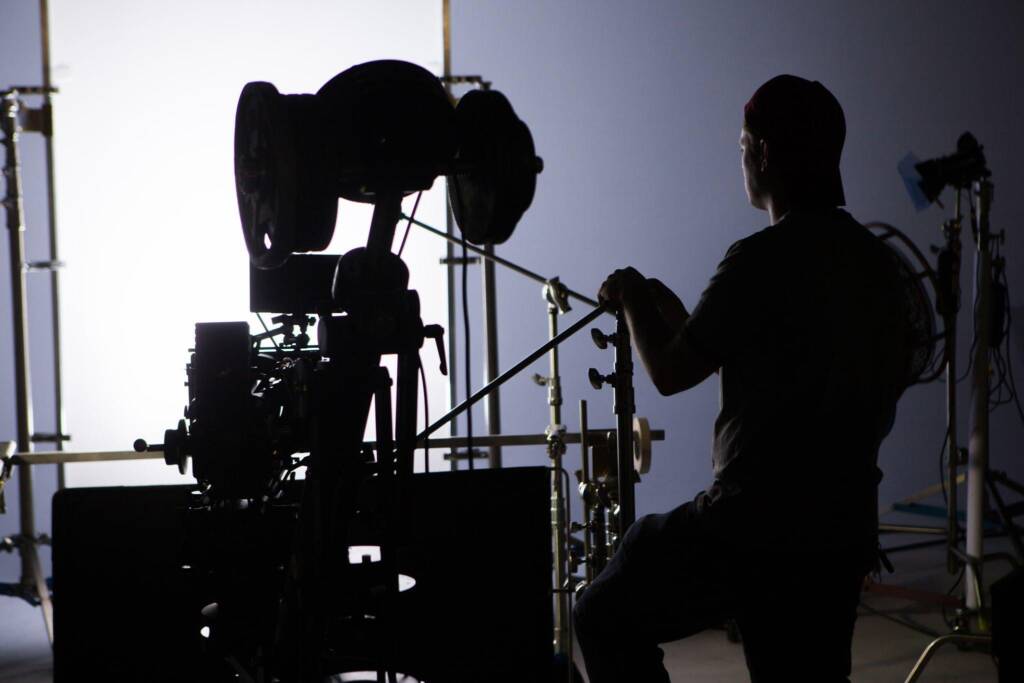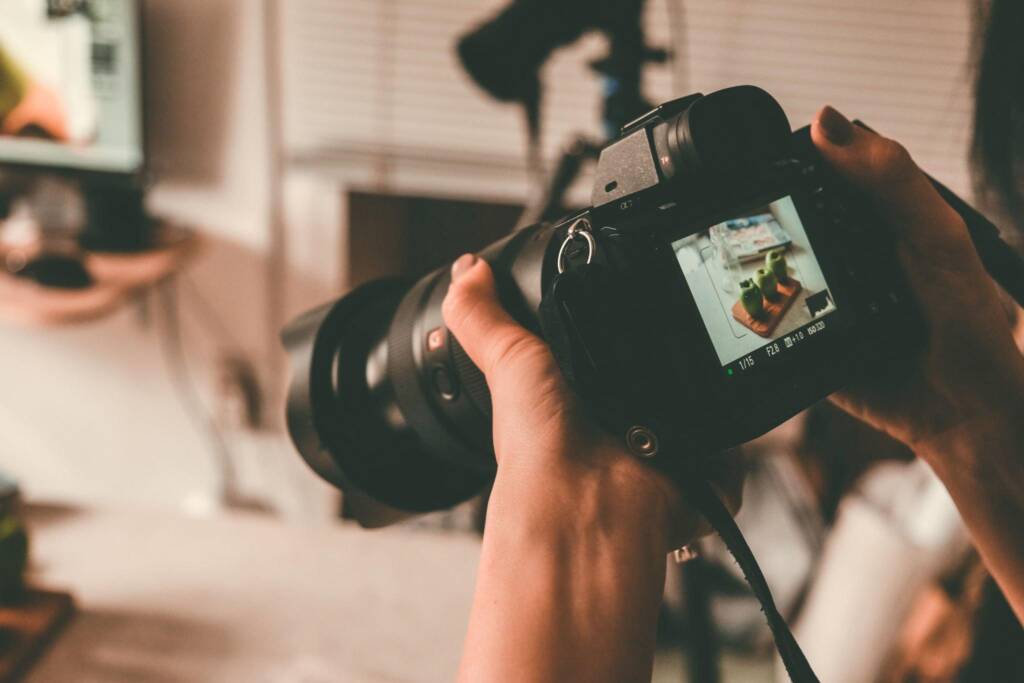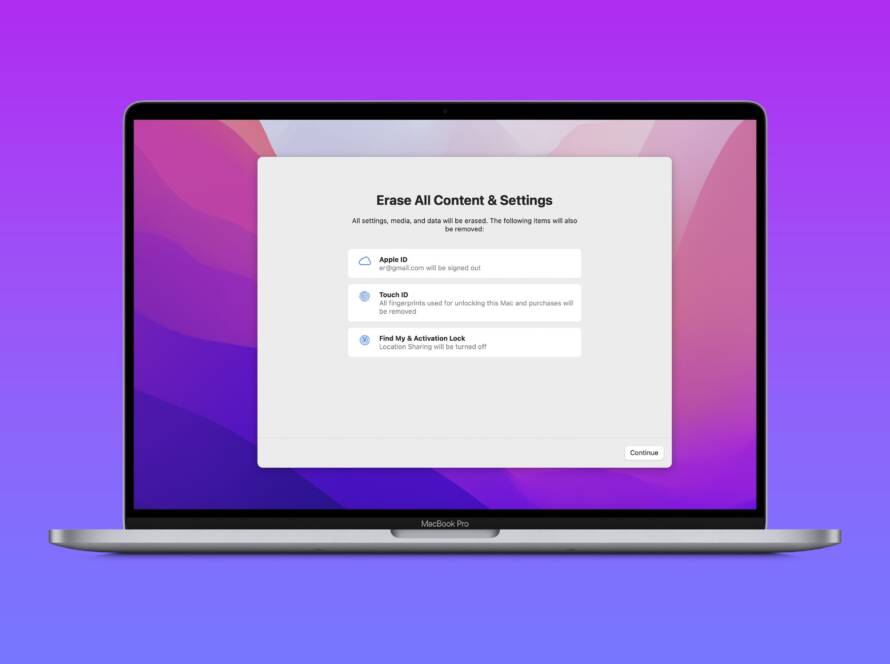Key Considerations and Recommendations
Introduction:
Selecting the right PC is crucial for individuals in creative fields like gaming, graphic design, cinematography, and photography. With the myriad of options available, it can be overwhelming to find the perfect PC that meets your specific needs. In this comprehensive guide, we’ll discuss the essential factors to consider when choosing a PC for each of these professions and provide recommendations to help you make an informed decision.
1. Gamers:

Gaming PCs require high-performance components to handle resource-intensive games. Here are some key factors to consider:
- Graphics Card (GPU): Opt for a powerful GPU, such as NVIDIA GeForce RTX or AMD Radeon RX series, to handle high-quality visuals and smooth gameplay.
- Processor (CPU): Choose a multi-core CPU, like Intel Core i7 or AMD Ryzen 7 series, for seamless gaming performance.
- RAM: Aim for at least 16GB RAM to support multitasking and handle memory-intensive games.
- Storage: Combine a solid-state drive (SSD) for faster load times and a larger hard disk drive (HDD) for storage capacity.
- Cooling: Look for efficient cooling solutions like liquid cooling or high-quality fans to prevent overheating during extended gaming sessions.
Recommendation: Consider PCs such as Alienware Aurora R10, HP Omen Obelisk, or custom-built PCs with similar specifications.
2. Graphic Designers:

Graphic design PCs should excel in handling large files, running design software, and accurate color reproduction. Here’s what to consider:
- Display: Opt for a high-resolution monitor with accurate color reproduction and wide color gamut, like an IPS or OLED panel.
- CPU and RAM: Choose a high-performance CPU (e.g., Intel Core i7 or AMD Ryzen 7 series) and a minimum of 16GB RAM to handle complex design tasks efficiently.
- Graphics Card: Look for a GPU with dedicated VRAM to accelerate rendering and support design applications effectively.
- Storage: Consider a fast SSD for quick file access and large storage capacity for design files and assets.
Recommendation: PCs like Dell XPS Tower, Apple iMac, or custom-built PCs with similar specifications are suitable for graphic designers.
3. Cinematographers:

Cinematography PCs require processing power and storage capabilities to handle video editing and rendering tasks. Consider the following:
- CPU and GPU: Choose a high-performance CPU (e.g., Intel Core i9 or AMD Ryzen 9 series) and a powerful GPU (e.g., NVIDIA GeForce RTX or AMD Radeon RX series) for smooth video editing and rendering.
- RAM: Opt for a minimum of 32GB RAM to handle the demands of video editing software.
- Storage: Consider a combination of fast SSDs for storing current projects and large HDDs for archival purposes.
- Display: Select a color-accurate monitor with a high-resolution display to ensure accurate video editing and color grading.
Recommendation: PCs like HP ZBook Studio, ASUS ProArt StudioBook, or custom-built PCs with similar specifications are suitable for cinematographers.
4. Photographers:

Photography PCs should focus on color accuracy, high-resolution displays, and efficient storage solutions. Consider the following:
- Display: Choose a high-resolution monitor with accurate color reproduction, wide color gamut, and support for color calibration.
- CPU and RAM: Opt for a high-performance CPU (e.g., Intel Core i7 or AMD Ryzen 7 series) and a minimum of 16GB RAM for smooth photo editing.
- Storage: Combine fast SSDs for quick access to photo files and large HDDs for long-term storage and backup.
- Graphics Card: While a dedicated GPU isn’t crucial for photo editing, a mid-range GPU can help with graphics acceleration in certain software.
Recommendation: PCs like Dell Precision, Apple MacBook Pro, or custom-built PCs with similar specifications are suitable for photographers.
Conclusion:
Choosing the best PC for gaming, graphic design, cinematography, or photography requires careful consideration of specific requirements. By focusing on the right components such as :
- CPUs
- GPUs
- RAM
- Storages
- Displays
You can ensure optimal performance for your chosen profession. Additionally, always keep in mind your budget and consider custom-built PCs to tailor specifications precisely to your needs. With the right PC, you can unleash your creativity and achieve remarkable results in your field of expertise.



